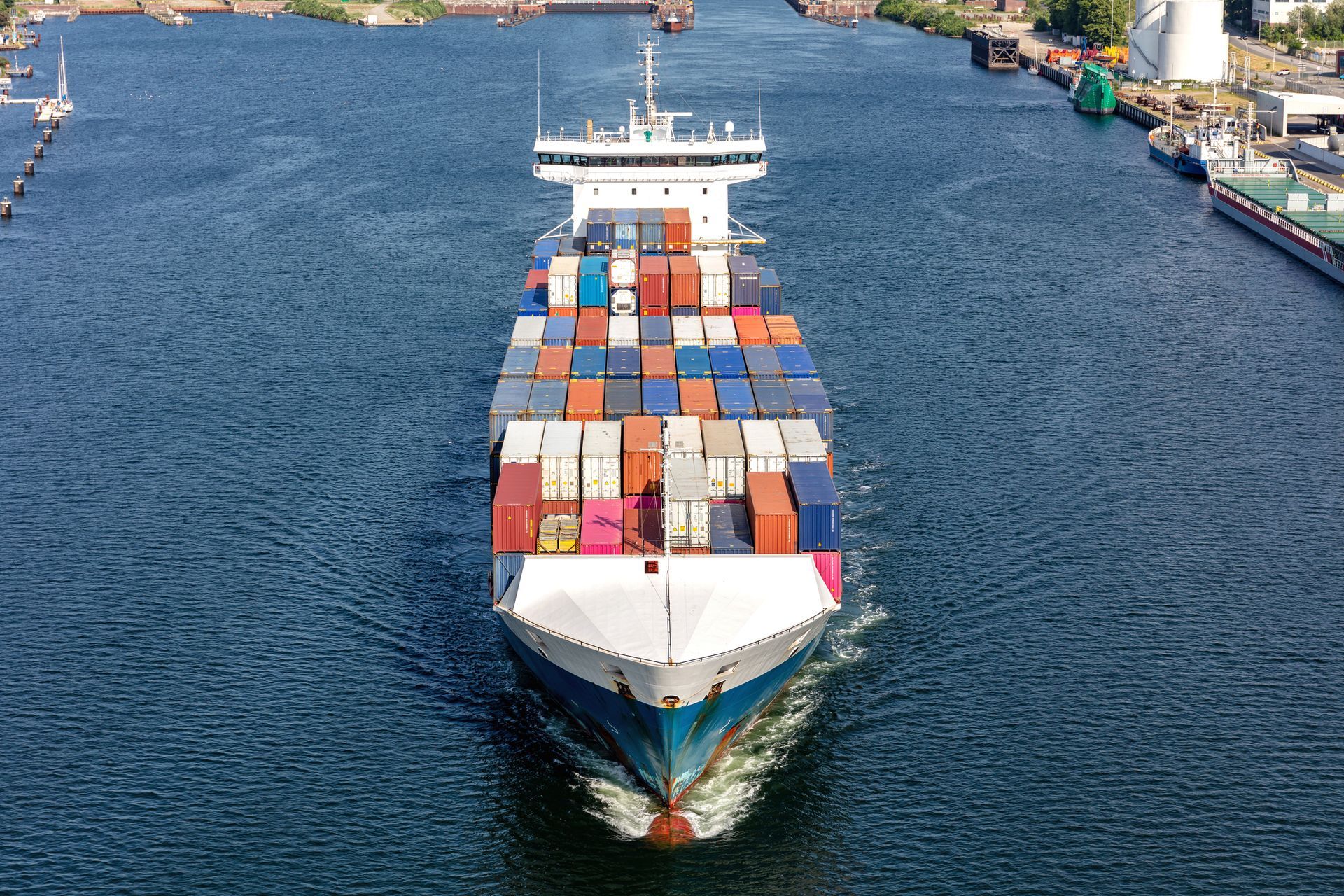
The Material Safety Data Sheet (MSDS) is an essential document in the context of transporting hazardous cargo. Responsible for providing detailed information about chemical substances, it is a fundamental tool to ensure safety in handling, storage, and transportation of these products.
This article explores in-depth what the MSDS is, what information must be present, its importance in the transportation of hazardous cargo, how to fill it out correctly, and who is responsible for its preparation.
What Is an MSDS?
The MSDS is a standardized document regulated by the Brazilian Association of Technical Standards (ABNT) through NBR 14725, which standardizes the communication of chemical hazards.
This document details the physical, chemical, toxicological, and environmental properties of chemical products, providing crucial information on safety, health, and environmental protection. It serves as a guide for professionals dealing with hazardous substances, enabling correct handling and response in emergencies.
What Information Must Be Present in the MSDS?
A complete MSDS must contain several sections addressing different aspects of chemical safety. Mandatory information includes:
- Product and Company Identification: Product name, synonyms, and details of the company responsible for manufacturing or marketing.
- Composition and Ingredient Information: Details about the product's components, including chemical identification and concentration of each substance.
- Hazard Identification: Description of the main risks associated with the product, such as flammability, toxicity, and chemical reactivity.
- First Aid Measures: Recommended procedures in case of exposure, such as contact with skin, ingestion, or inhalation.
- Fire-Fighting Measures: Information about the type of extinguisher to be used, explosion risks, and fire-fighting procedures.
- Accidental Release Measures: Actions to be taken in case of accidental release of the product, including containment and neutralization methods.
- Handling and Storage: Guidelines on how to handle and store the product safely, avoiding dangerous reactions.
- Exposure Control and Personal Protection: Indication of the necessary personal protective equipment (PPE) and occupational exposure limits.
- Physical and Chemical Properties: Details such as melting point, boiling point, density, solubility, and other relevant properties.
- Stability and Reactivity: Information on the chemical stability of the product and potential hazardous reactions.
- Toxicological Information: Data on health effects in case of exposure.
- Ecological Information: Potential environmental impacts, such as biodegradability and toxicity to aquatic life.
- Waste Disposal Considerations: Guidelines for the safe disposal of the product and its packaging.
- Transport Information: Specific requirements for the safe transportation of the product.
- Regulatory Information: Applicable laws and regulations for the chemical product.
- Other Information: Additional relevant data, such as revision history and references.
The Importance of the MSDS in the Context of Hazardous Cargo Transportation
In the transportation of hazardous cargo, the MSDS plays a vital role by ensuring that all parties involved are aware of the risks associated with handling and transporting chemical substances.
This document is indispensable to guarantee that safety procedures are strictly followed, preventing accidents that could harm human health, the environment, and the integrity of the cargo.
The MSDS is also essential for compliance with international regulations, such as the International Maritime Dangerous Goods Code (IMDG Code). The IMDG Code requires that hazardous substances be properly classified and labeled based on the information contained in the MSDS.
Furthermore, in case of accidents during transportation, the MSDS provides precise guidance to mitigate risks and perform emergency procedures effectively.
How to Fill Out the MSDS?
Filling out the MSDS correctly requires attention to detail and a deep understanding of the chemical product's characteristics. The process involves:
- Gathering Technical Information: Collect all necessary data about the product, including its composition, physical-chemical properties, and potential health and environmental risks.
- Consulting Technical and Regulatory Standards: Ensure that the MSDS complies with NBR 14725 and other relevant regulations. This ensures that the information is presented in a standardized and understandable manner.
- Filling Out Mandatory Sections: Enter data in each of the 16 sections mentioned earlier, ensuring that all information is accurate and complete.
- Reviewing and Validating: Carefully review the document to correct errors or omissions. Then, validate the MSDS with chemical safety experts to ensure its accuracy and compliance.
- Periodic Updates: The MSDS must be reviewed and updated whenever there are significant changes in the product's characteristics or regulations. This ensures that the document remains relevant and useful for everyone involved in handling the product.
Who Is Responsible for Filling Out the MSDS?
The responsibility for filling out the MSDS lies with the manufacturer or importer of the chemical product. They must ensure that all information contained in the MSDS is accurate, up-to-date, and compliant with current regulations.
Additionally, it is crucial that the document is available in all relevant languages, especially in regions where the product will be marketed or used.
Companies that distribute or transport chemical products also have the responsibility to ensure that the MSDS is accessible and understood by all professionals involved in handling the substances.
This includes drivers, cargo operators, and emergency response teams, who must be trained to interpret and follow the instructions contained in the MSDS.
Conclusion
The MSDS is an indispensable document in the transportation of hazardous cargo, offering detailed information that ensures safety and compliance with regulatory standards.
Correct and updated completion of the MSDS is essential to mitigate risks, protect the health of workers, and preserve the environment. By rigorously following the guidelines for filling out and using the MSDS, companies and professionals can ensure safe and efficient transportation of hazardous chemical substances.
Check out the infographic on how to transport IMO cargo.
Continue a navegar no blog da Allink

Mantenha-se informado sobre o comércio exterior
Assine nossa newsletter e receba atualizações semanais de forma gratuita sobre o mundo da logística.




